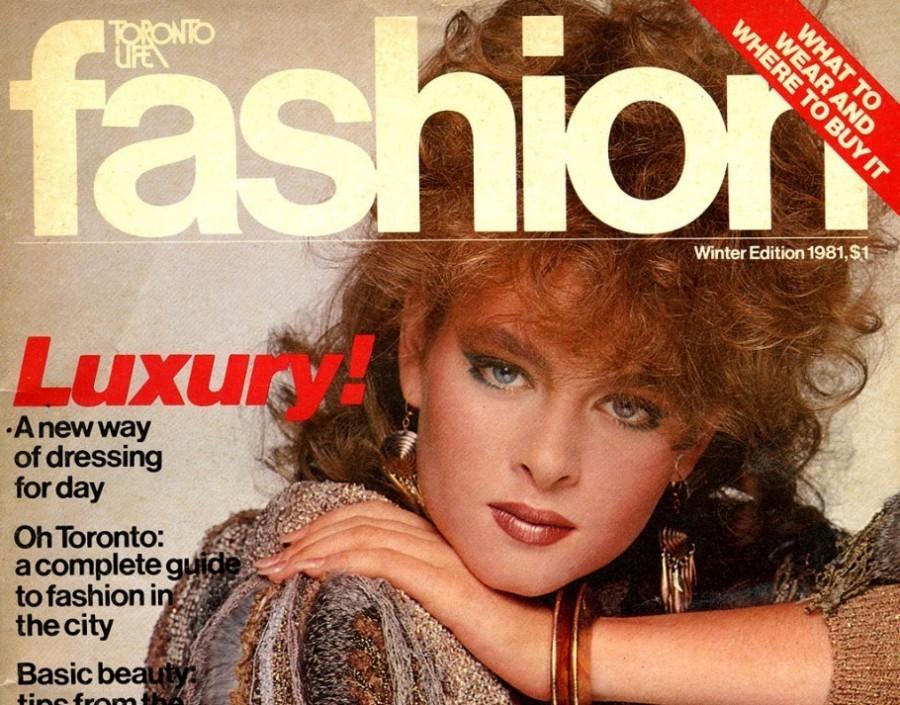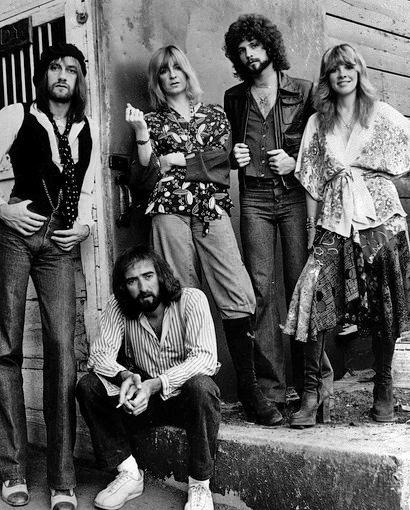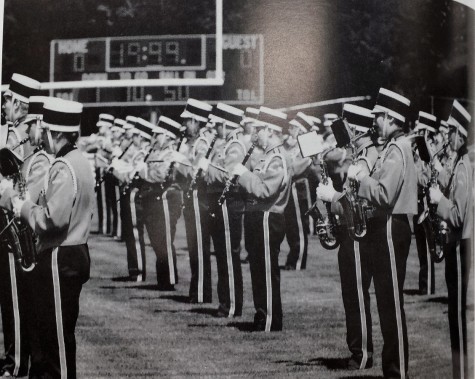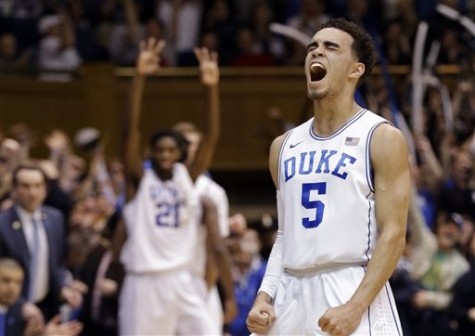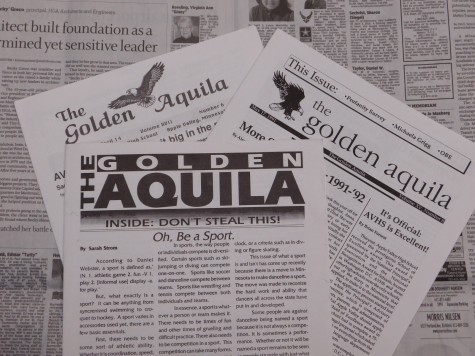Fashion Through The Years
Cover of Fashion’s 1981 edition.
Fashion — it’s a word that can describe anything from an over priced flannel to an ornate outfit that you’ll never see in public. Put simply, it just means clothes that are popular. But there’s so much more to it. America is one of many countries that has an intense interest in fashion. We devote entire magazines to exploring what’s in style, what’s considered a disaster, and of course, what our past looked like.
The 70s brought about a plethora of amazing things: giant bellbottoms, men’s platform shoes….and Apple Valley High School. American fashion was getting more and more flamboyant — and everyone loved it. It was an era that took traditional hippie clothes and pushed it to the extreme.
Women wearing pants was becoming a regular thing. Men wearing heels was also seen as normal at the time. Later in the decade, Diane Von Furstenberg would create the iconic wrap dress — something still worn today. Many consider it’d design genius; it can fit any body type perfectly.
By 1980, things had gotten edgier. Outlandish neon colors and shoulder pads were the go-to trend — yes, shoulder pads. Some referred to the style as a ‘power suit,’ creating a distinct and confident figure.
“I really like the 80s,” said Claire Doty, a junior who works as a fashion model. “I’m a huge fan of the high-waisted jeans, the bleached-out denim. Maybe not some of the colors from the 80s, but the styles [for sure].”
Izod and Ralph Lauren fed into the new image of ‘preppy.’ It was almost like a school uniform, yet the idea was to create an image of wealth and superiority. Michael Jackson and Madonna became prominent parts of pop culture, bringing with them penny loafers and scrunchies — and who could forget Jane Fonda, the source of the legwarmer phenomenon.
In the next era, scrunchies moved from hair to the wrist. Jeans got looser and looser until the best way to describe them was baggy. The 90s also brought us chokers and crop tops — pieces that are still fairly common today.
Shoes varied in style, and now said more about a person. Skechers, Doc Martens, and Air Jordans each had their own unique place in social crowds.
Of course there’s always a side that prefers to differ from the mainstream — to stand out as abnormal becomes a passion, and creates its own line of fashion. Grunge and skater fashion became a culture in their own right. Graphic tees and ripped jeans became signs of teenage rebellion.
We entered the year 2000, and luckily computers hadn’t destroyed the world. But fashion had exploded, branching out in every direction like a tree. Pop and rap stars began designing their own clothing lines, and a few found success: Andre 3000’s Benjamin Bixby line is still regarded highly by critics today.
Accessories became a great way to define yourself further. If there was a cause you cared about, there was a rubber Livestrong bracelet to match. Shutter shades and slogan-sporting trucker hats were also key pieces, depending on what type of person you were.
Colored hair was just beginning — highlights were the most common. Boys began to wear their hair longer as well. People relied on their jeans for a splash of color as well. Bright reds, blues, and oranges were among some of the most common.
Clothes are an art that self-corrects and loops back, picking and choosing old eras to bring back in the most unexpected of times. Even in the midst of technological revolution, clothes from the 20s began to make a comeback. Other decades had their chances to return to the spotlight as well.
Today you might be a fan of dying your hair pastel colors, or wearing scarves no matter the temperature. Years from now these styles could be a trend lost in time, or a well-loved movement. Fashion is a constantly evolving art. You can never know what the next big thing will be. It comes down to what the human eye enjoys, and what social sway promotes.



